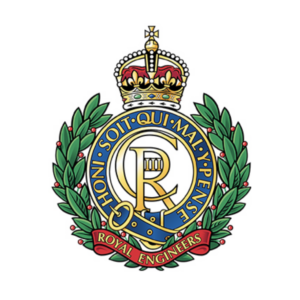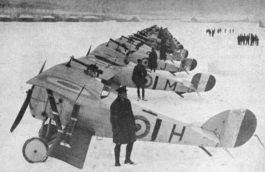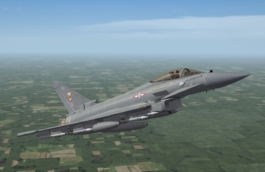Royal Engineers

Since medieval times, builders and engineers have formed part of British armies. They were first constituted as a Corps in 1716 by the Board of Ordnance and the unit gained its ‘Royal’ prefix in 1787, becoming the Corps of Royal Engineers. Their duties at the time included siege warfare, map-making, the construction of bridges, roads, fortifications, drainage systems and camps.
From 1878, the Royal Engineers were involved in the beginnings of British military aviation, running the Army’s School of Ballooning, initially from the Royal Arsenal, Woolwich. Balloons were first deployed by the British Army during expeditions to Bechuanaland and Suakin in 1885. They were also deployed during the Second Boer War (1899–1902), where they were used in artillery observation during the Siege of Ladysmith.
In 1911, the Corps formed an Air Battalion, with No 1 Company at Farnborough flying airships and No 2 Company at Larkhill, Salisbury Plain, flying aeroplanes. These Units later provided the seedcorn of the Royal Flying Corps (RFC) in 1912, which later in 1918 became the Royal Air Force.
What was No 1 Company of the Royal Engineers Air Battalion, who once flew airships, is now No 1 Squadron of the RAF, flying Typhoon jets.

1907 – No1 Company

1917 – No1 Sqn RFC

Today – No1 Sqn RAF
Today, the Corps of Royal Engineers, usually called the Royal Engineers, and commonly known as the Sappers, is still a Corps of the British Army. They are no longer involved in aviation, but instead provide military engineering and other technical support to the British Armed Forces.
